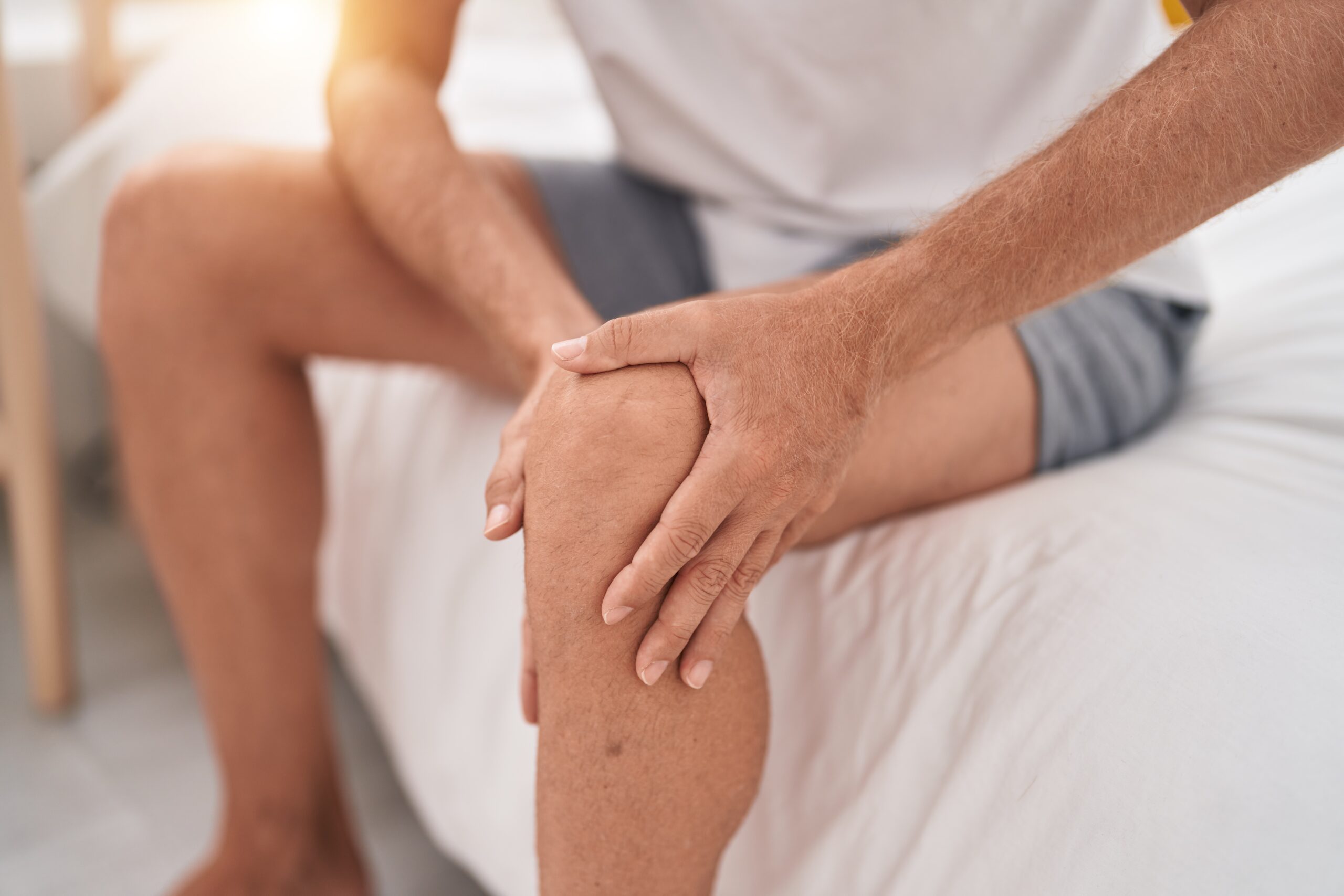Chronic and Acute Joint Pain: Causes, Treatments, and Relief Options

Chronic and Acute Joint Pain: Causes, Treatments, and Relief Options
Are you familiar with the debilitating effects of chronic and acute joint pain? Joint pain can significantly impact one’s quality of life, limiting mobility and causing discomfort. Whether you’re experiencing lingering pain or dealing with sudden flare-ups, it’s important to understand the causes, treatment options, and ways to find relief.
Causes of Joint Pain:
Chronic joint pain can stem from various underlying conditions such as osteoarthritis, rheumatoid arthritis, gout, or even repetitive strain injuries. Acute joint pain, on the other hand, is often the result of sudden injuries or inflammation, such as a sprain, strain, or bursitis.
Treatment Approaches:
When it comes to managing chronic joint pain, a personalized treatment plan is key. It may involve a combination of medication, physical therapy, lifestyle modifications, and alternative therapies. For acute joint pain, immediate care should be sought to assess the severity of the injury and determine the most appropriate treatment approach, which may include rest, ice, compression, elevation (RICE), or even medical intervention.
Relief Options:
Finding relief from joint pain is crucial to restore functionality and improve your overall well-being. Here are some useful strategies to consider:
1. Pain Medications: Over-the-counter nonsteroidal anti-inflammatory drugs (NSAIDs) can help reduce inflammation and alleviate pain. Prescription medications may be necessary for severe cases.
2. Physical Therapy: Working with a physical therapist can help strengthen muscles around the joints, improve flexibility, and reduce pain. They can also guide you in using assistive devices if needed.
3. Lifestyle Modifications: Maintaining a healthy weight through proper nutrition and regular exercise can help reduce stress on the joints. Low-impact exercises such as swimming or cycling are often recommended.
4. Heat and Cold Therapy: Applying heat or cold packs to the affected area can bring temporary relief by reducing inflammation or numbing the pain.
5. Alternative Therapies: Techniques such as acupuncture, massage therapy, or the use of topical creams or patches can provide additional relief for some individuals.
Remember, it’s essential to consult with a healthcare professional to determine the best course of action for your specific situation. They can provide an accurate diagnosis, suggest appropriate treatments, and monitor your progress.
In conclusion, chronic and acute joint pain can significantly impact your daily life. However, understanding the underlying causes, seeking appropriate treatment, and exploring various relief options can help you manage joint pain effectively. Don’t let joint pain hold you back; take proactive steps toward finding relief and improving your overall well-being.
For more information and personalized guidance, consult a healthcare professional specializing in joint health. Take control of your joint pain and regain your freedom of movement today.
(Note: This article provides a brief overview of the subject and does not substitute medical advice. If you suspect you may have anemia or require more information, consult with a healthcare professional.)



